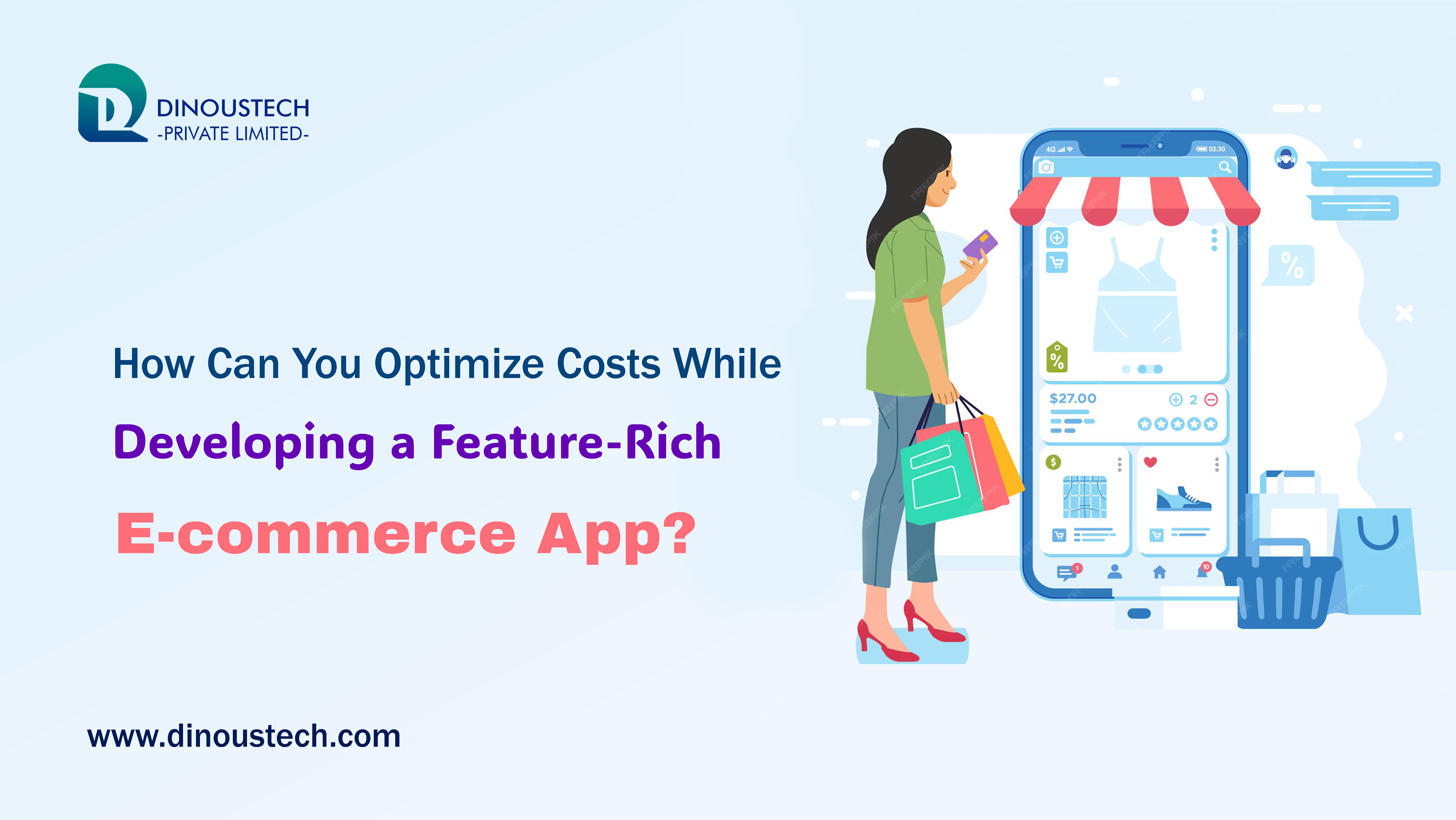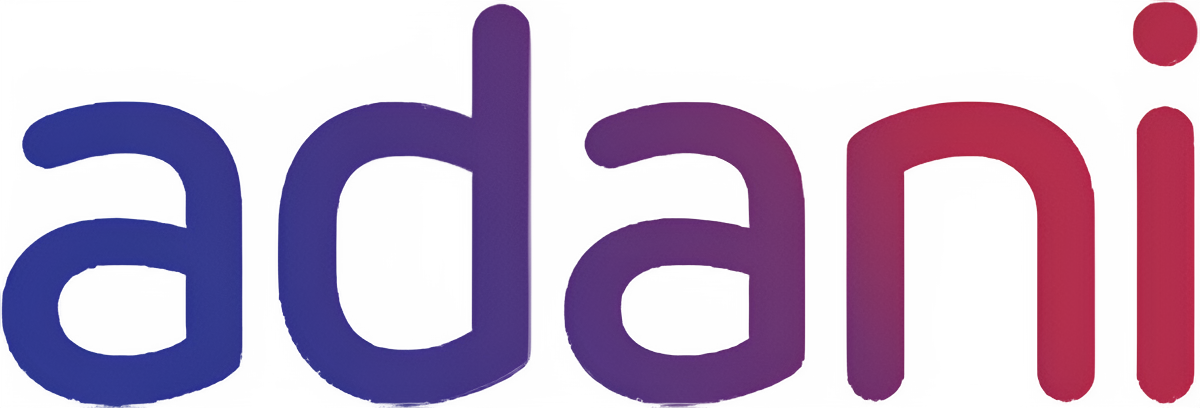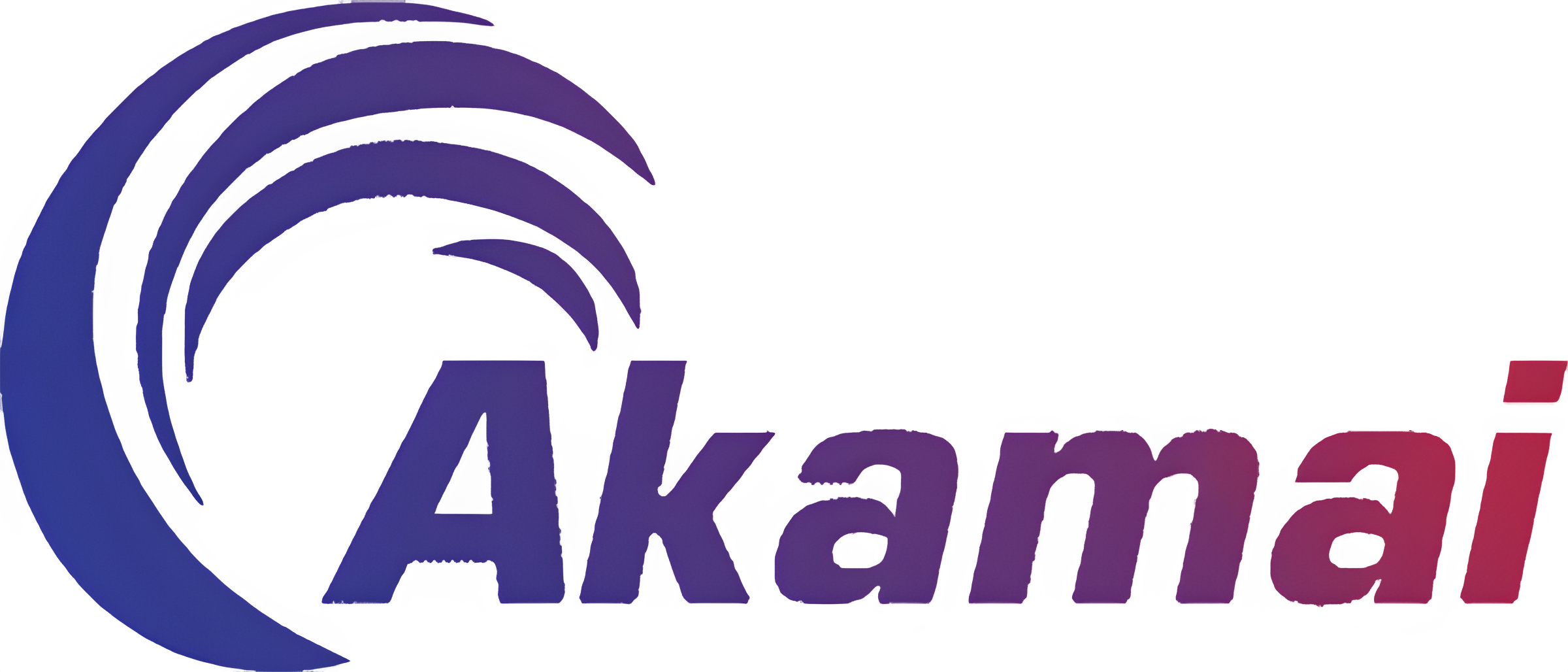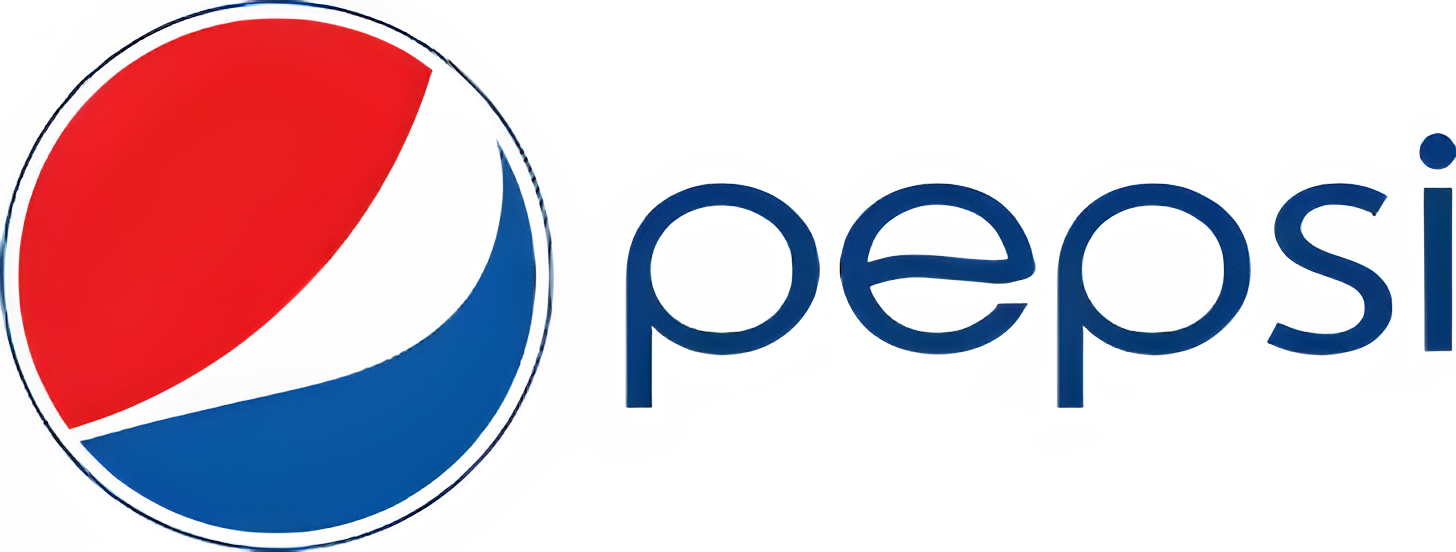How Can You Optimize Costs While Developing a Feature-Rich E-commerce App?

Optimizing costs for a feature-rich e-commerce app revolves around strategic planning, technology selection, and partnerships that balance quality with budget. Early decisions—such as choosing a Cross-Platform App Framework over separate native builds—can reduce development time by up to 30% and halve staffing needs. Comparing iOS Vs Android app development, Android’s device fragmentation may increase testing costs by 10–20% compared to iOS. Core features, including payment gateways, recommendation engines, and real-time inventory, can be modularized to launch an MVP quickly, keeping initial mobile app development cost between $25,000–$50,000, then scaling with user feedback. Leveraging third-party SaaS/BaaS tools and open-source libraries further trims budgets by 15–25% without compromising quality. Finally, allocating 15–20% of your initial investment to annual maintenance—handled by a custom software maintenance company—ensures long-term stability and cost predictability. Partnering with an experienced ecommerce app development company or best mobile app development company that also offers best web development company services guarantees seamless integration across web and mobile, while a best software development company ethos ensures end-to-end excellence.
In today’s digital marketplace, consumers expect fast, personalized shopping experiences at their fingertips. Building an e-commerce app that rivals industry leaders demands more than coding expertise; it requires cost optimization at every stage. From architecture choices—selecting between native iOS Vs Android app development or a unified cross-platform app framework to post-launch support budgets, each decision affects both time-to-market and bottom-line profits. According to Business of Apps, developing a medium-complexity app typically costs between $5,000 and $50,000 for basic features, rising dramatically with advanced functionality. Yet, startups and established brands alike can unlock savings through modular MVPs, strategic outsourcing, and leveraging existing platforms. As a leading ecommerce app development company, Dinoustech Private Limited combines mobile, web, and maintenance expertise—mirroring the capabilities of a best mobile app development company, best web development company, and best software development company—to deliver scalable solutions without breaking the bank.
Planning and Feature Prioritization
A clear roadmap begins by distinguishing must-have features from nice-to-haves. Essential modules include user registration, product catalogs, shopping carts, and secure checkout. Advanced capabilities—such as AI-driven product recommendations, AR-powered try-ons, and real-time chat support—can be introduced post-MVP. According to Moon Technolabs, key cost drivers are feature complexity, design intricacy, and team composition. By launching an MVP with core commerce flows first, you contain the mobile app development cost in the $25,000–$50,000 range, then reinvest revenue into incremental enhancements. A best mobile app development company will guide you through this phase, ensuring feature rollouts align with user engagement data and performance metrics. This phased approach also enables early revenue generation, offsetting development expenses before tackling premium functionalities.
Choosing the Right Technology Stack
Selecting the optimal stack is pivotal for cost control and future scalability. Native development on iOS and Android—while offering peak performance—requires separate codebases, effectively doubling effort. Cross-platform frameworks like React Native or Flutter share up to 80% of code, slashing development time by about 30%. However, as Futurbyte notes, complex hardware interactions or heavy animations may need custom native modules, slightly increasing integration overhead. For startups aiming to validate ideas quickly, a hybrid approach accelerates launch without sacrificing user experience. Meanwhile, a best web development company can ensure your admin portal and web storefront integrate seamlessly via shared APIs, maximizing reuse of business logic and reducing backend duplication. This unified architecture not only cuts costs but simplifies maintenance, as a custom software maintenance company can handle updates across platforms from a single codebase.
Outsourcing and Team Composition
Outsourcing elements of your project can yield 20–70% savings over in-house teams, according to Acropolium data. Key benefits include access to specialized talent—such as UI/UX designers or AI engineers—and flexibility in scaling team size based on project phases. A hybrid model combines an onshore project manager with offshore development units, ensuring clear communication and cost efficiency. When vetting a best software development company, look for transparent rate cards and milestone-based billing to avoid surprise invoices. Additionally, nearshore or offshore teams often bring 24/7 development cycles, accelerating timelines. However, maintain core product strategy internally to safeguard your unique vision and data privacy. Skilled outsourcing partners can own discrete workstreams—like payment gateway integration—while your in-house leads align product direction and user research.
Optimizing Design and UX/UI
Design can account for 10–20% of total development budgets and significantly impact conversion rates. Reusing UI component libraries and design systems—as offered by many best web development companies—reduces custom artwork needs. Implementing responsive design patterns ensures a consistent look across devices without bespoke layouts for every screen size. Early prototyping and usability testing catch issues before costly rework; while leveraging open-source icon sets and CSS frameworks accelerates front-end development. Partner with a best mobile app development company that prioritizes both aesthetics and performance, ensuring animations and transitions are smooth without taxing device CPUs—particularly important when balancing Android’s device diversity against iOS’s uniform ecosystem.
Leveraging Third-Party Services
Integrating ready-made SaaS and BaaS products—for authentication (Auth0), notifications (Firebase), and search (Algolia)—can trim development hours by up to 40%. Third-party payment gateways like Stripe or PayPal simplify PCI-DSS compliance and reduce legal overhead. Using managed cloud databases and serverless functions shifts infrastructure maintenance to providers, eliminating DevOps headcount. Evaluate ongoing subscription costs against savings in developer hours to ensure net benefits. Strategic use of analytics platforms (Mixpanel, Amplitude) provides real-time insights without building custom dashboards, while a custom software maintenance company can manage API keys and subscription renewals. This plug-and-play philosophy accelerates feature delivery and contains the mobile app development cost within predictable bounds.
Platform Strategy: iOS Vs Android
When deciding between native iOS and Android development, understand that Android’s extensive device fragmentation adds roughly 10–20% more testing time—and associated costs—compared to iOS. iOS development, while commanding higher hourly rates, benefits from a consistent hardware-software landscape, often reducing debugging cycles. If your target market skews one platform, start there and leverage cross-platform expansions later. A cross-platform app framework approach unifies UI and business logic but plan for native modules to handle platform-specific features like Apple Pay or Google Pay integrations. A seasoned ecommerce app development company will advise on the optimal platform mix, weighing initial budgets against long-term user demographics and revenue potential.
Continuous Testing and QA
Automated testing frameworks can catch defects early, reducing post-release bug-fix costs by up to 25%. Investing in unit tests, integration tests, and end-to-end UI tests ensures that new releases don’t introduce regressions. Leveraging cloud-based device farms eliminates the need for physical device inventories, covering a broad spectrum of OS versions and screen sizes. A best software development company will embed quality assurance into every sprint, while your custom software maintenance company handles regression tests during maintenance cycles. This proactive stance minimizes costly hotfixes and preserves customer trust.
Cost-Effective Maintenance and Scaling
Plan to allocate 15–20% of your initial development budget annually for maintenance, security patches, and feature updates. Proactive monitoring—through tools like New Relic or Datadog—identifies performance bottlenecks before they impact users. Adopt infrastructure-as-code and CI/CD pipelines for rapid, reliable deployments. A dedicated custom software maintenance company can manage version updates for third-party libraries, OS compatibility fixes, and hot patches, while your core team focuses on growth initiatives. Scalable cloud architectures (auto-scaling groups, container orchestration) ensure that hosting costs align with traffic patterns, avoiding overprovisioning during off-peak periods.
Measuring ROI and Iterating
True cost optimization is driven by data. Track key metrics—customer acquisition cost (CAC), lifetime value (LTV), cart abandonment rates, and feature adoption—to prioritize roadmap investments. A phased approach to new features, combined with A/B testing, pinpoints value levers without large capital outlays. A best mobile app development company will implement analytics and logging from day one, ensuring that every dollar spent on new modules yields measurable returns. Regularly review cost centers and renegotiate vendor contracts—such as third-party API subscriptions—to capture volume discounts as your user base grows.
Conclusion
Developing a feature-rich e-commerce app need not break the bank when guided by strategic planning, modular architecture, and the right partnerships. By embracing a Cross-Platform App Framework for your MVP, leveraging third-party SaaS solutions, and selecting a hybrid outsourcing model, you can launch robust commerce experiences at a fraction of traditional costs. Thoughtful platform choices between iOS Vs Android app development, coupled with disciplined QA and a commitment to dedicating 15–20% annually for maintenance, ensure long-term sustainability. Partnering with an established ecommerce app development company that embodies the expertise of a best mobile app development company, best web development company, and best software development company, and that offers custom software maintenance company services, will keep your project on time, on budget, and primed for growth.

















